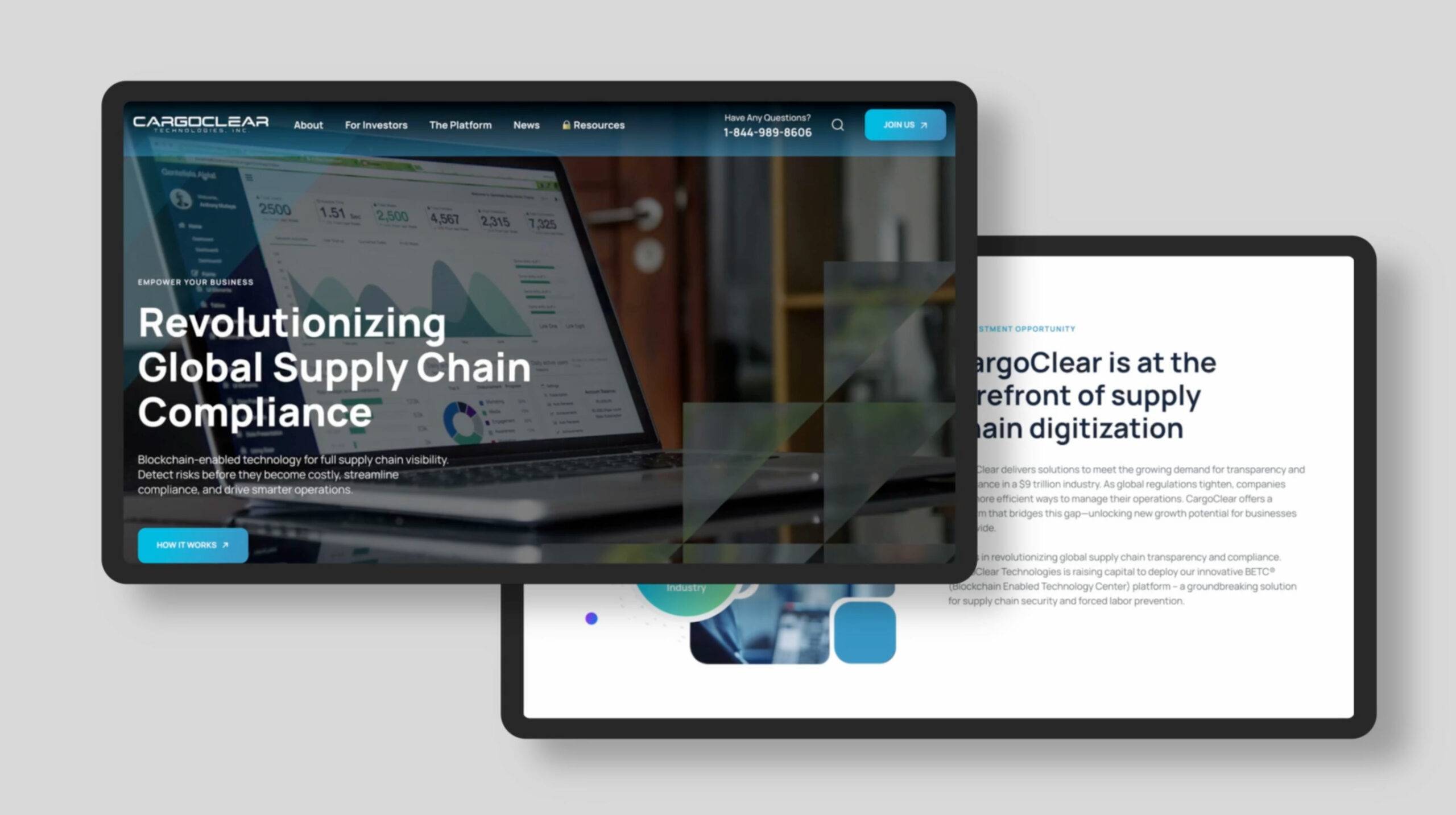For many of you reading this blog post, the #1 marketing trend that will be impacting your business and content in 2025 may be the Trump Tariffs. This blog was written for a “typical” business environment.
Let’s talk about where logistics marketing is heading in 2025. Having worked with companies across the supply chain – from trucking firms to customs brokers to tech providers – we’re seeing some fascinating shifts in how successful companies connect with their customers. Below are trends and then implementation ideas for businesses across the supply chain spectrum.
Here’s what you need to know.
- Ecosystem Marketing
The New ABM: We’re moving beyond traditional account-based marketing to something more holistic. Think about how a customs technology provider could approach this: Instead of just targeting the compliance team, they could create a campaign that speaks to everyone involved in international shipping. A webinar series might cover compliance for the legal team, cost savings for finance, and operational efficiency for logistics managers—all connected to the same solution.
- AI-Powered Adaptive Marketing
This is where marketing gets really interesting. Imagine your website automatically highlighting different solutions based on real market conditions. A trucking company’s site could prominently feature dedicated fleet solutions when contract rates are high, then shift to emphasize spot market capacity when rates dip. Or a warehouse technology provider could adjust its messaging to focus on labor optimization during peak seasonal hiring periods.
- Micro-Learning Content Strategy
Your prospects are busy—really busy. That’s why breaking down complex topics into digestible pieces works so well. A TMS provider could create a series of three-minute videos showing how to optimize specific functions: “Quick Fix: Setting Up Automated Carrier Matching” or “3-Minute Master Class: Rate Management Basics.” These become valuable resources that sales teams can share during specific pain point discussions.
- Data-Driven Sustainability Messaging
Let’s make sustainability concrete. A fleet management company could offer an emissions calculator that shows potential carbon reduction based on route optimization, fuel efficiency, and vehicle type. Better yet, create comparison tools that demonstrate the environmental impact of different shipping modes or warehouse locations.
- First-Party Data Innovation
With privacy changes coming, we need to get creative about data collection. Consider creating:
- Monthly lane-specific rate forecasts
- Regional warehouse capacity indexes
- Port congestion predictions
- Driver retention benchmarks by region and fleet size These insights are valuable enough that companies will happily share their data to access them.
- Readers can sign up for your newsletter or subscribe to your feed online. Newsletters may have a smaller audience but you’ll gather more data, whereas online subscribers will remain anonymous but you’ve the potential for greater reach. Just make sure your strategy aligns with your goals.
- Operational Impact Focus
Let’s talk about what really matters – making daily operations better. A yard management system provider could create role-specific ROI calculators: one for yard jockeys showing time saved per move, another for facility managers showing reduction in detention charges, and a third for executives showing overall cost savings.
- Strategic Social Selling
This is about empowering your team to share their expertise meaningfully. Your maintenance director could share weekly tips about extending equipment life. Your customs team could post updates about changing regulations. Make it practical, make it real.
- Video Marketing for Logistics
Here’s where we can get creative:
- Drone footage showing your cross-dock operations in action
- Time-lapse videos of efficient warehouse picking routes
- Split-screen comparisons of manual vs. automated processes
- Day-in-the-life series featuring different roles in your operation
- Authentic Industry Voices
Instead of chasing influencers, leverage the expertise you already have:
- Have your veteran dispatchers host monthly “Ask Me Anything” sessions
- Create a podcast featuring conversations with long-time customers
- Develop case studies that put your customers’ operational teams in the spotlight
- Start a mentorship content series where industry veterans share their knowledge
Implementation
Where Do You Start? Look at your current marketing efforts. Which of these trends aligns best with what you’re already doing well? Start there. Maybe you have a great operations team with deep expertise – begin with authentic industry voices. Or if you’re sitting on valuable data, focus on creating those benchmark reports.
The key is to choose one or two areas where you can make a real impact rather than trying to do everything at once. Remember, in logistics, credibility comes from consistently delivering value, whether that’s moving freight or creating marketing content.
Want to know how to put these trends into action? Check out our next blog coming soon titled The Simple Way to Implement New Marketing Strategies in Logistics.
Ready to explore how these trends could work for your business? At Position : Global, we specialize in developing marketing strategies that recognize the unique challenges and opportunities in the logistics industry. Contact us at info@positionglobal.com to schedule a strategy session.




